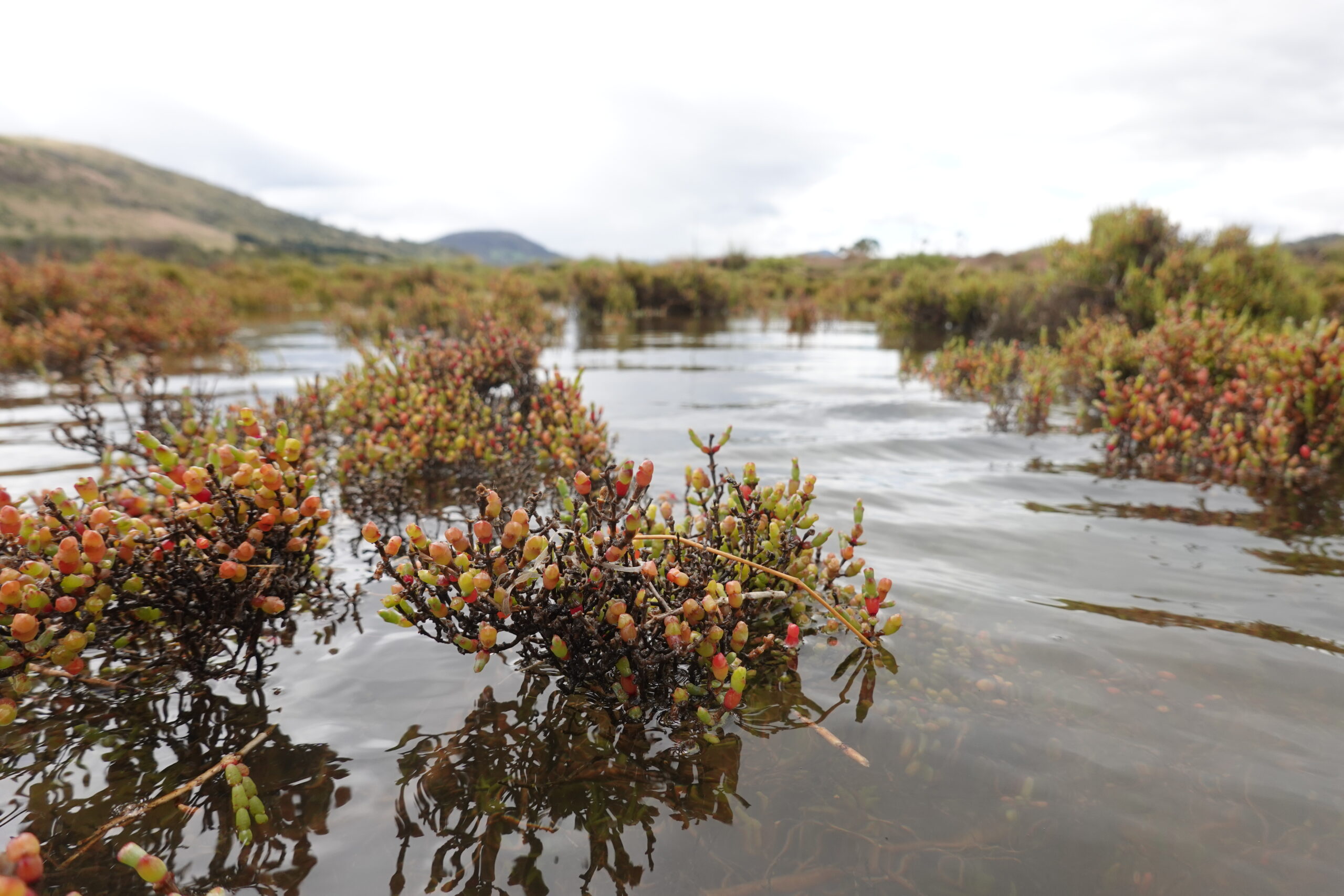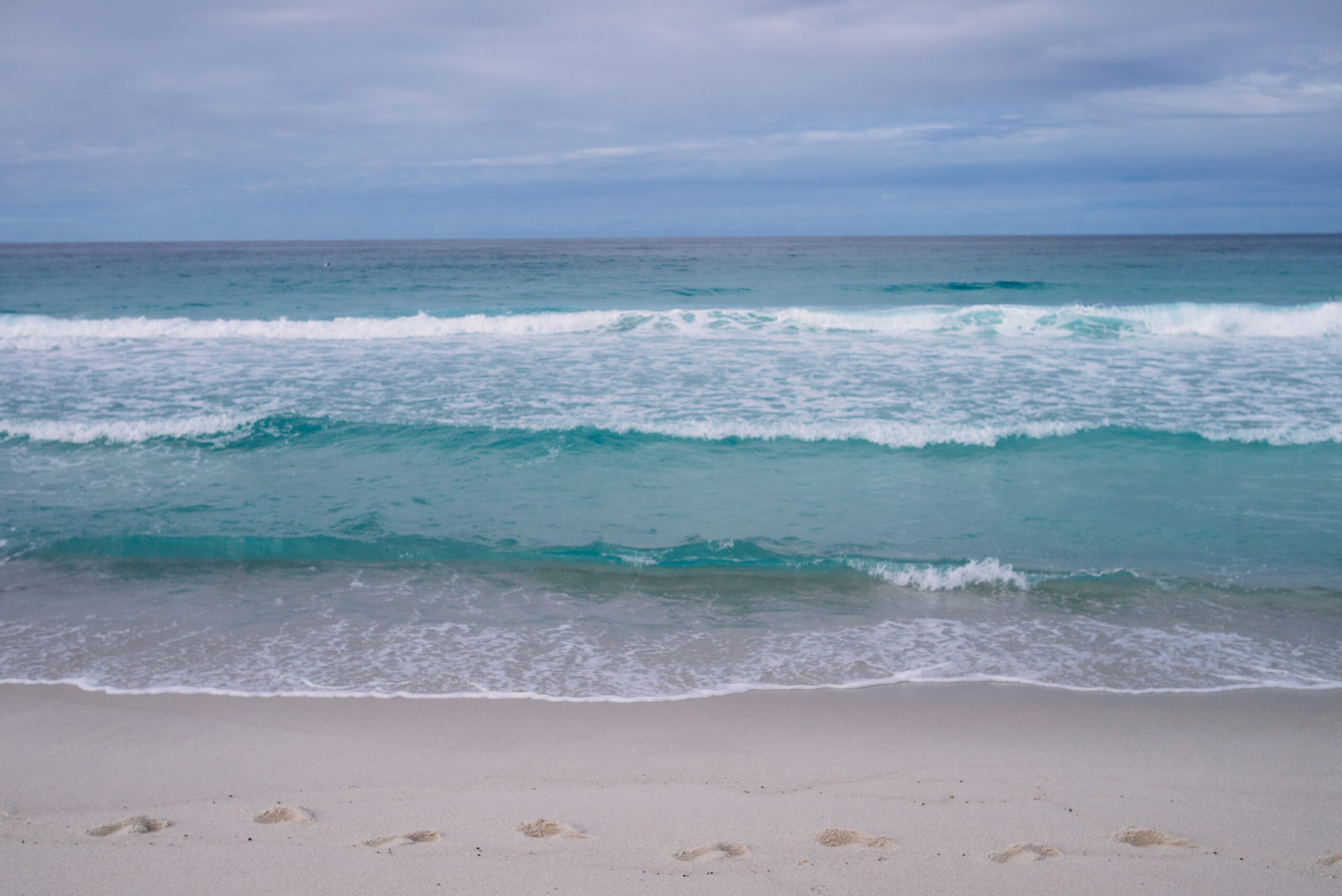Water Projects
From rivulets to estuaries, saltmarshes to the sea, the coasts and waterways in Southern Tasmania are a vital part of a healthy, productive environment and we work in a number of ways – and with several organisations – to protect both these special sites and the species that rely on them. The majority of the population in the southern region live near our waterways, so managing impacts is important but can also be challenging.
Our Water Program focuses on maintaining and enhancing the health of key water assets, including rivers and estuaries, wetlands and water bodies, and coastal and marine systems. We achieve this by working with partners (including industry, NGOs and research institutions) at a range of scales. We are working both within catchments and across important ecological communities.
We recognise the importance of working with Traditional Owners, fishers, marine farmers, resource managers, researchers, and the community to deliver on ground actions to restore habitat and build connections across systems and between users. We are employing novel technologies and methods to improve our understanding of water-based systems and our impacts across the landscape to improve decision making and resilience to climate-driven change.
-
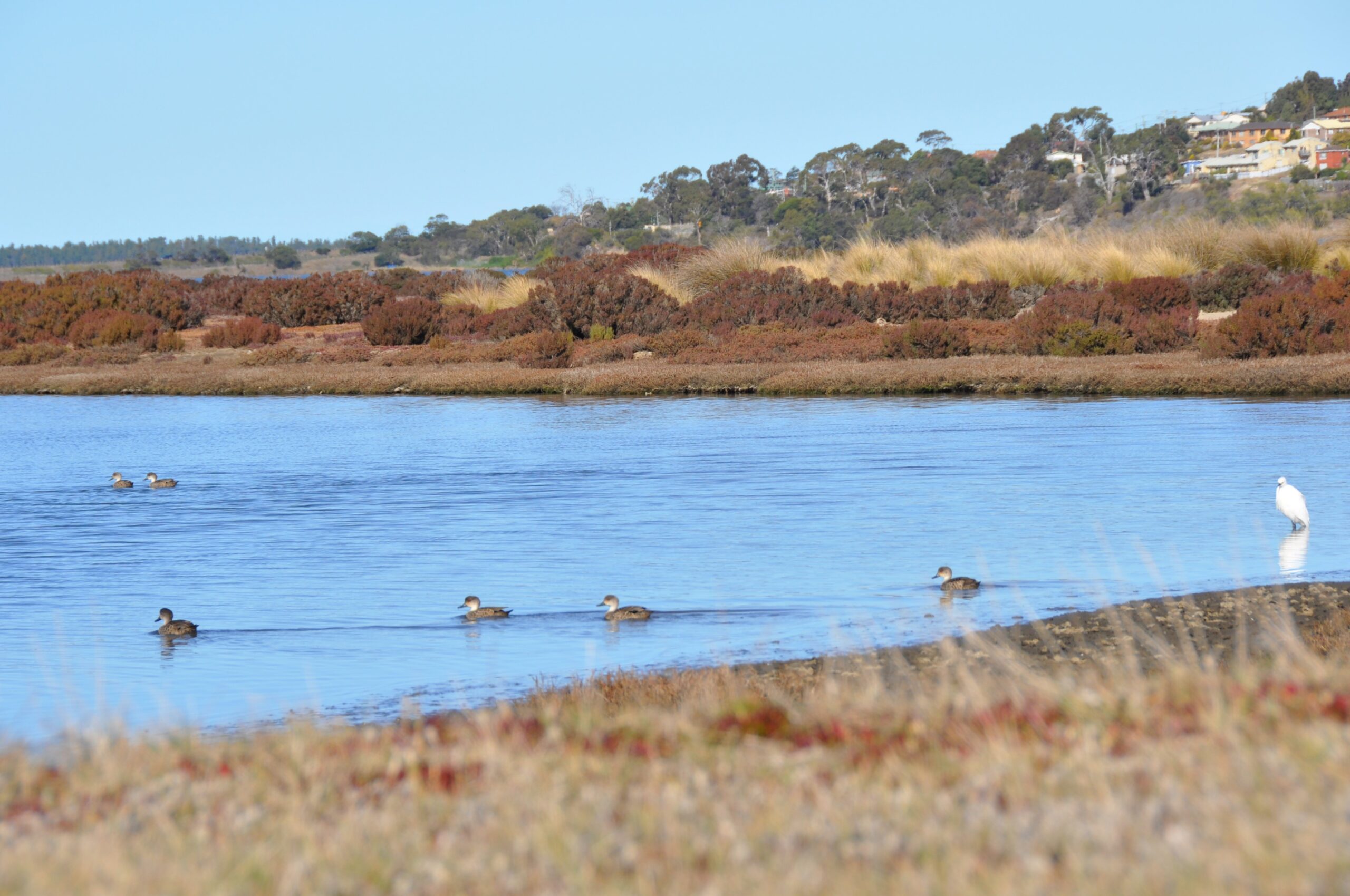
-
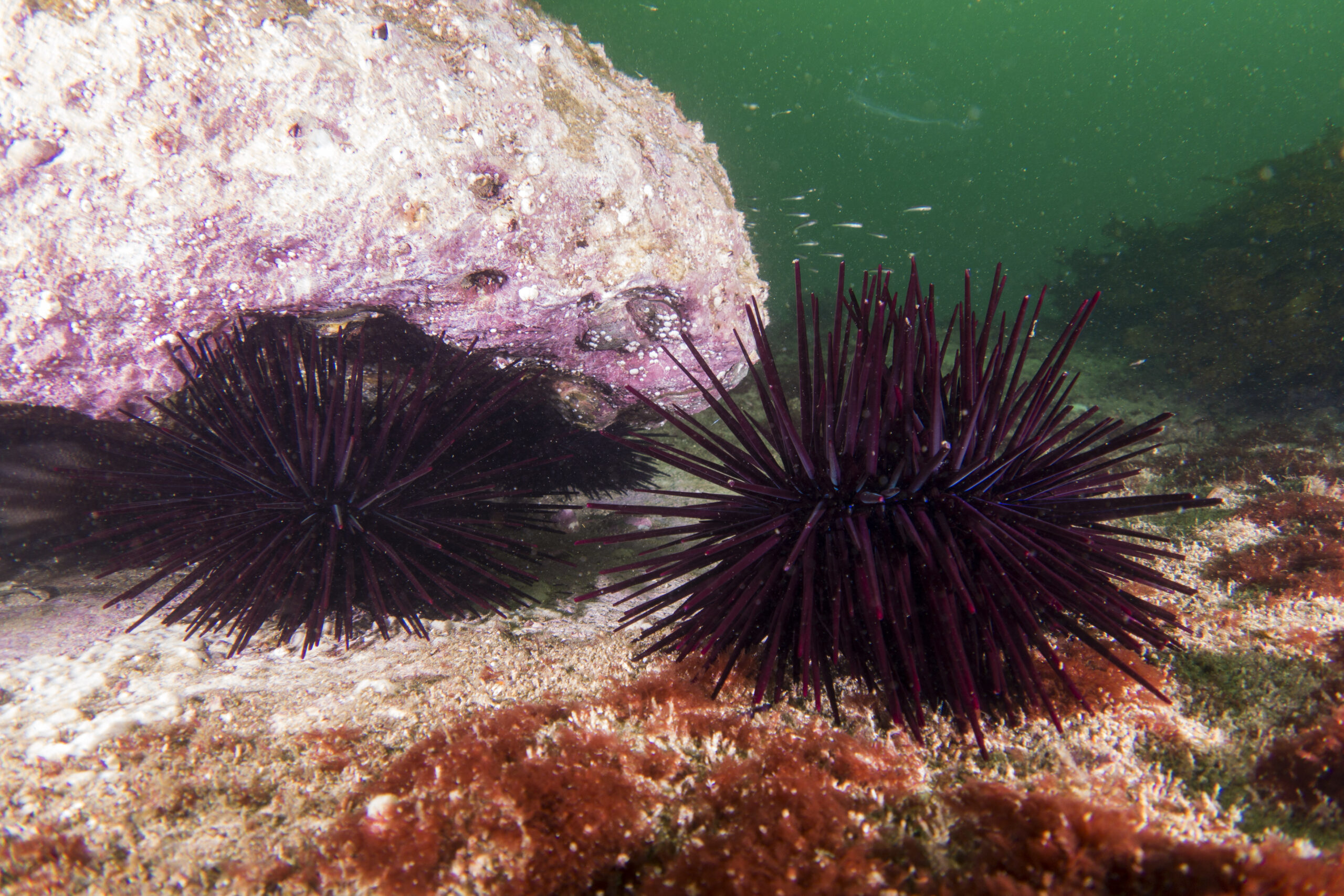
-
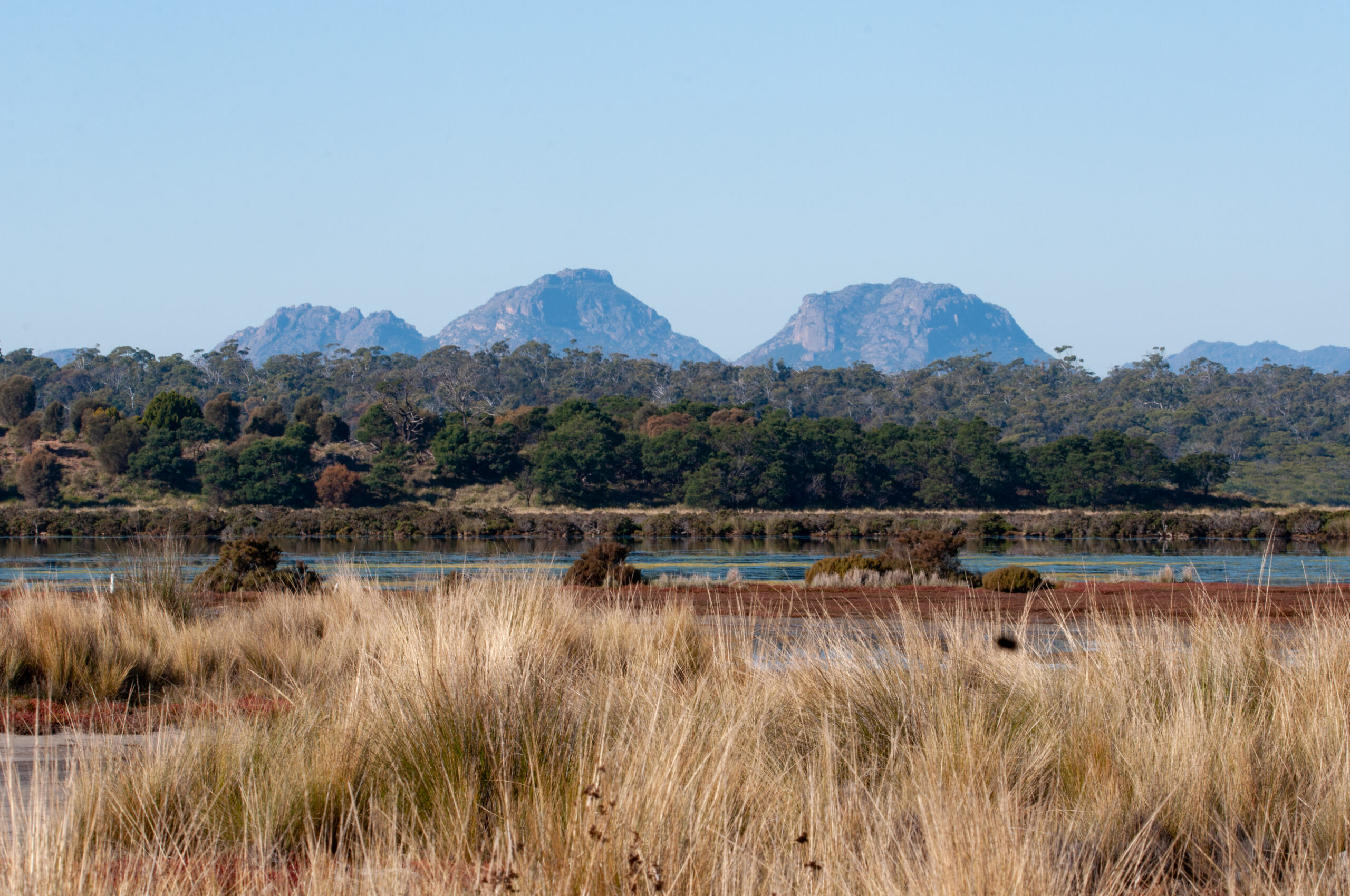
-
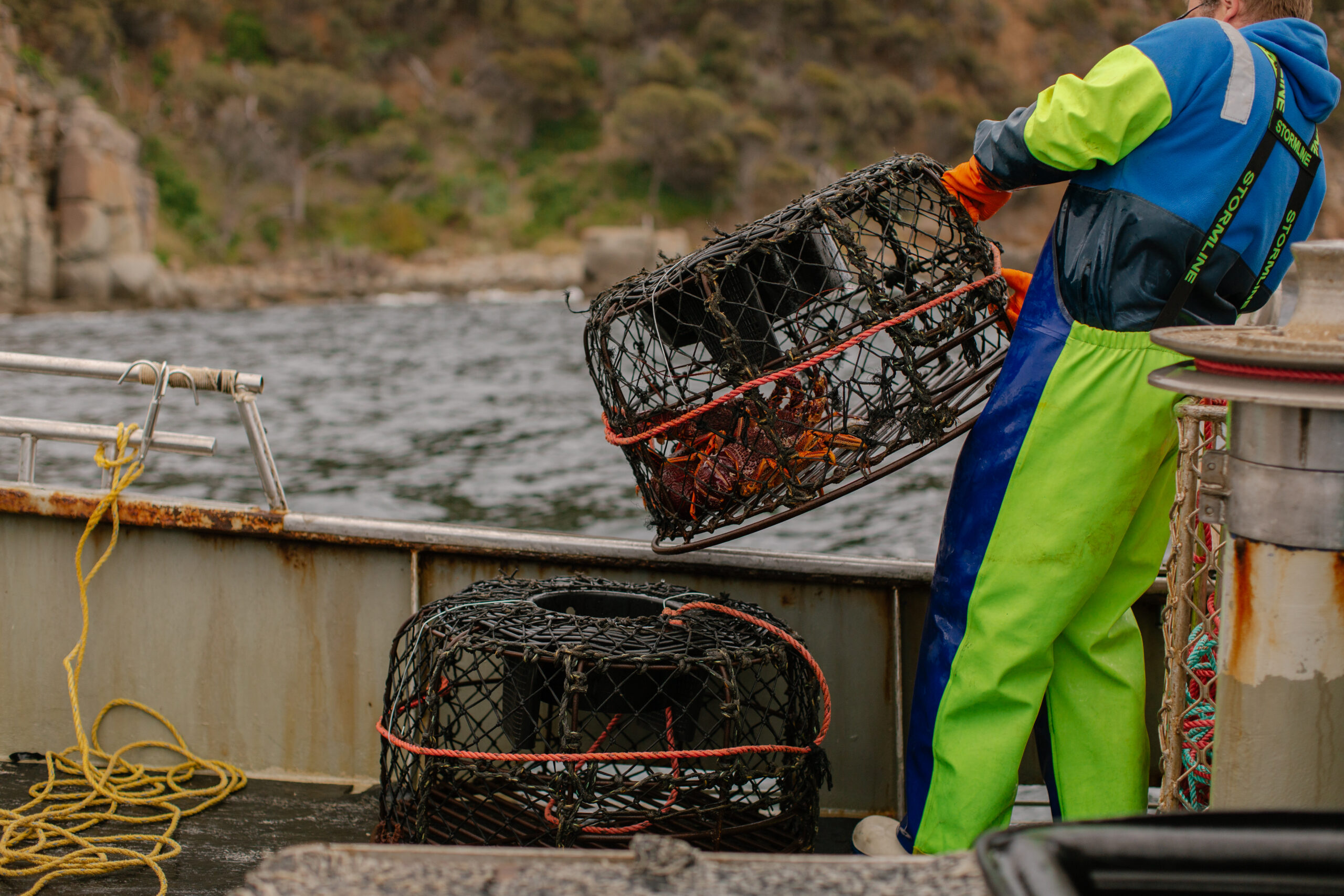
-
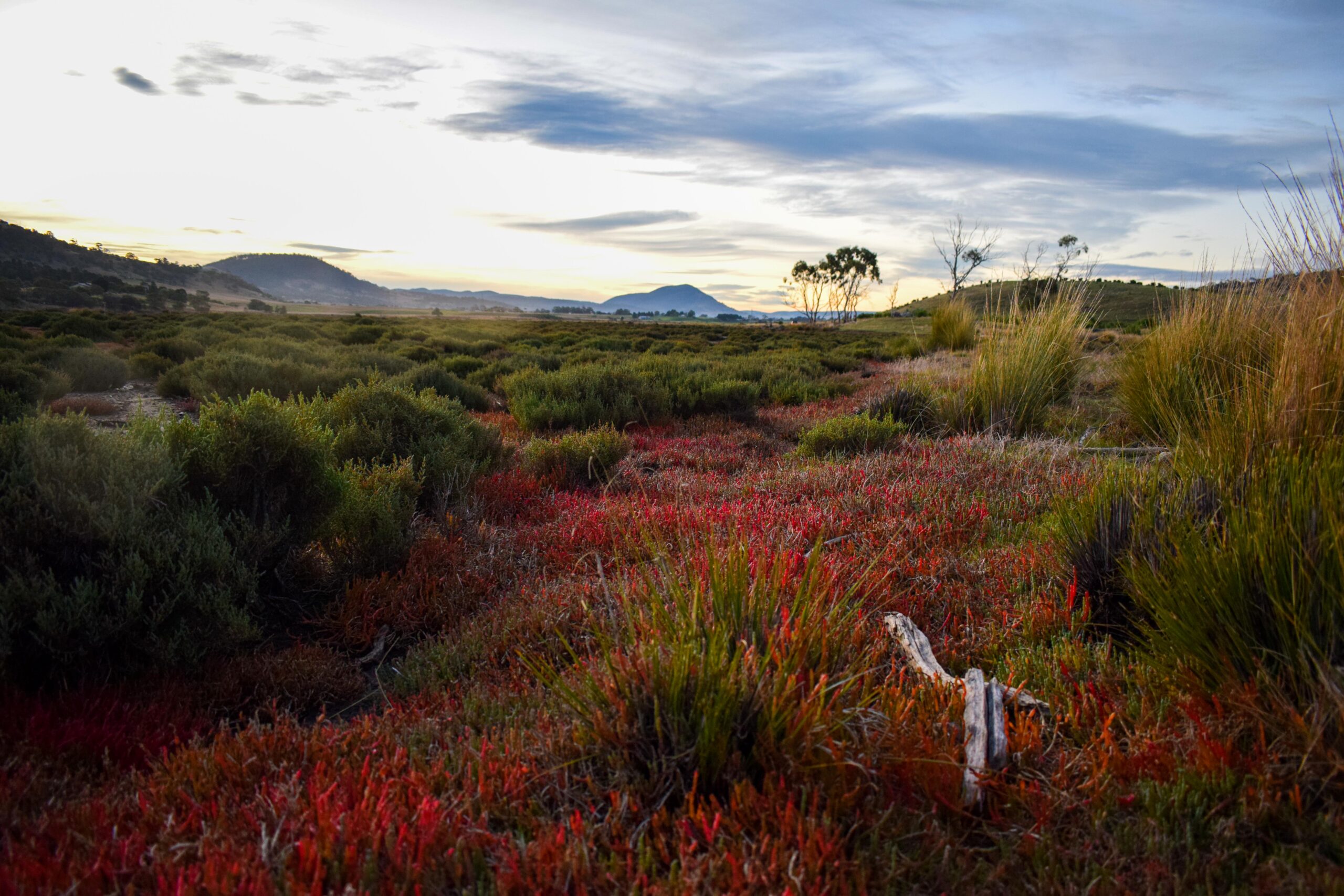
-
Environmentally friendly moorings for fish habitat restoration of seagrasses in North West Bay
Learn More100%Complete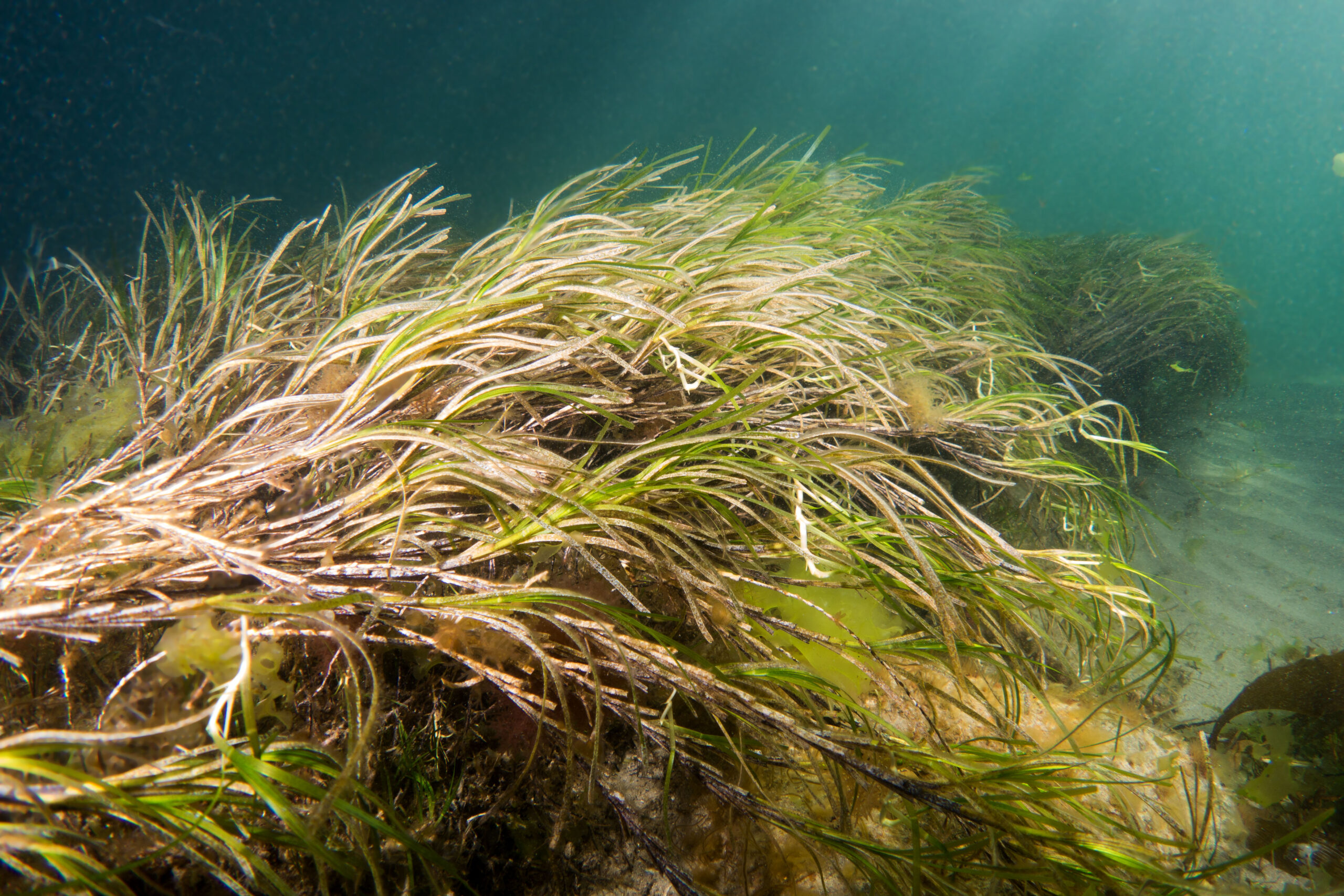
-
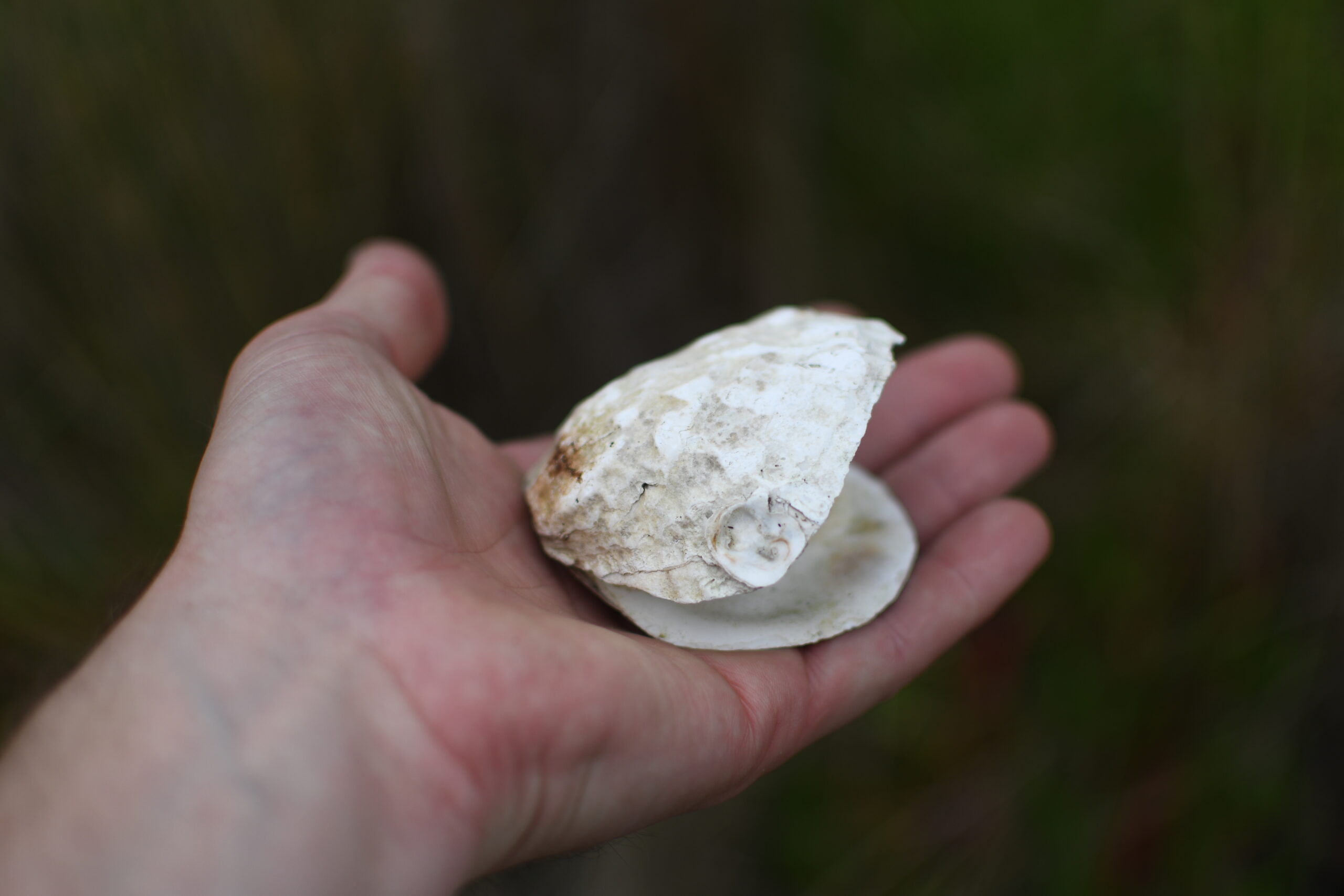
-
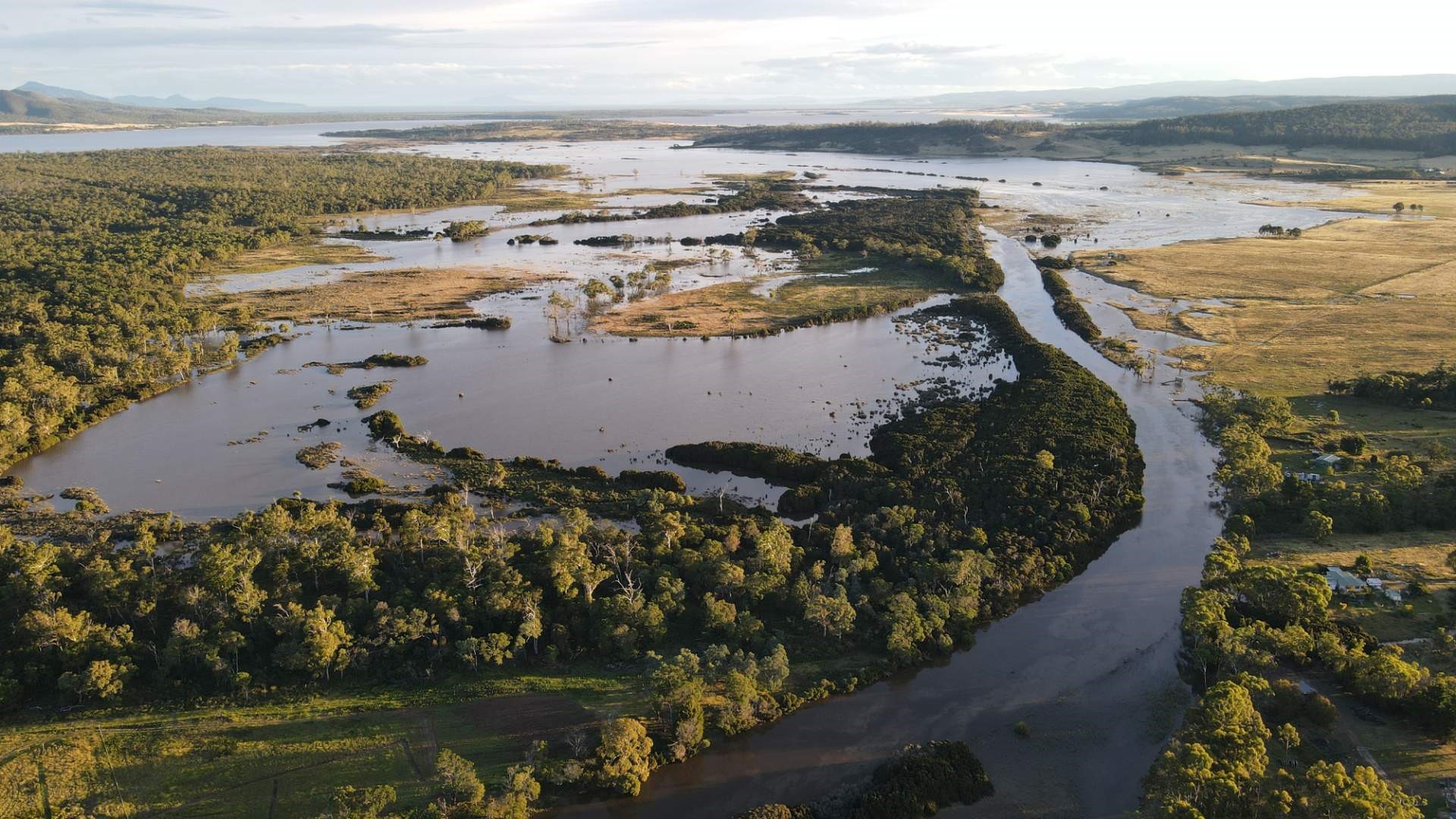
-
